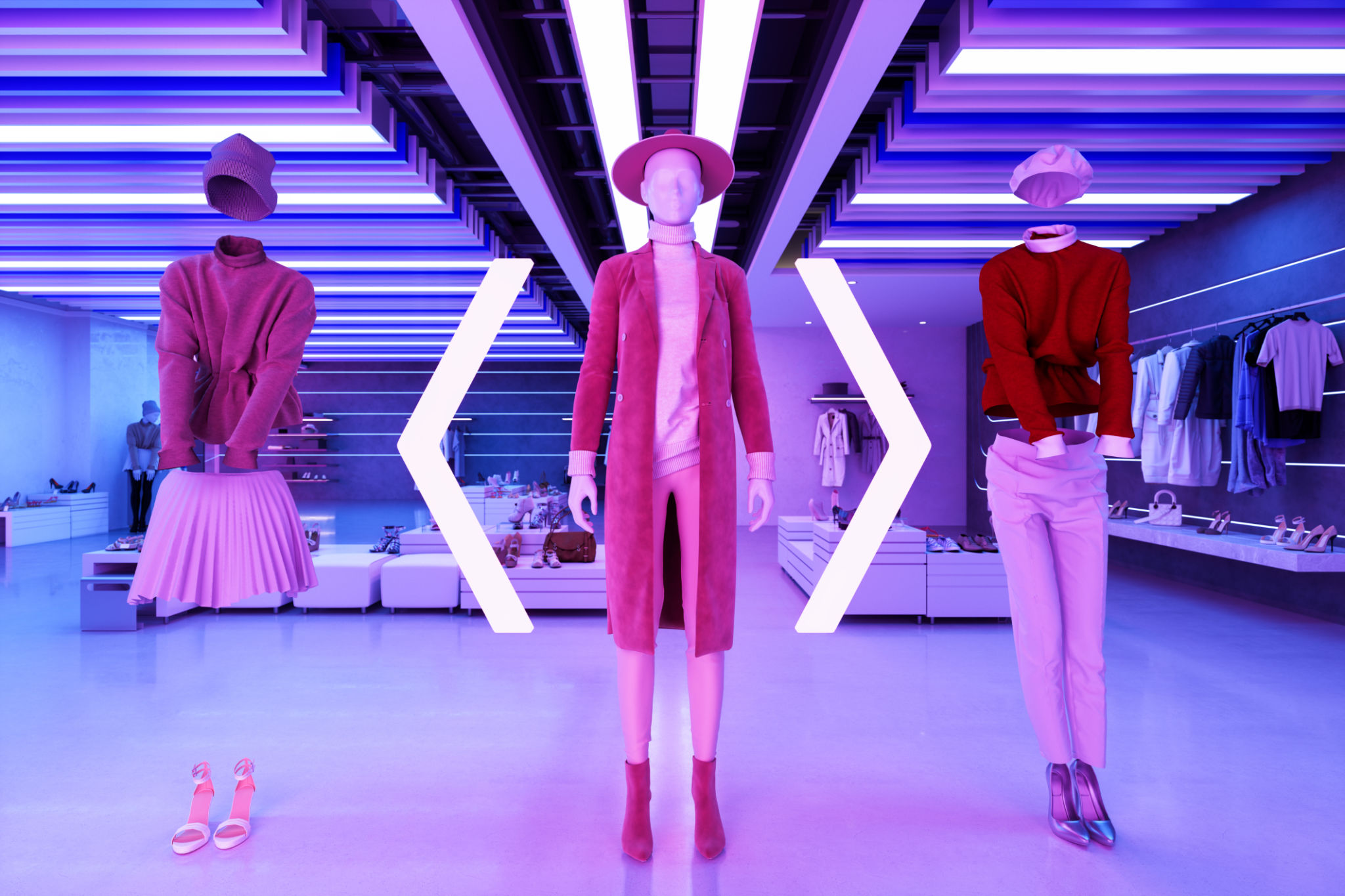The Benefits of Phygital Wear: Fashion Meets Functionality
Understanding Phygital Wear
The term "phygital" is a blend of "physical" and "digital," representing a seamless integration of the two worlds. In the realm of fashion, phygital wear is revolutionizing the way we perceive and interact with clothing. By embedding digital technology into garments, designers are creating a new category of apparel that offers both aesthetic appeal and interactive functionality.
Phygital wear is not just a novelty; it's a practical solution to modern-day lifestyle needs. Whether it's a jacket with built-in sensors or shoes that track your steps, these innovations are making a significant impact in the fashion industry, merging style with substance.

Enhancing Everyday Functionality
One of the primary benefits of phygital wear is its ability to enhance everyday functionality. Imagine clothing that can adjust its temperature based on the weather or a shirt that monitors your heart rate during exercise. This integration of technology into daily wearables provides users with real-time data that can improve health and well-being.
Moreover, phygital garments often come equipped with features that cater to convenience and practicality. For instance, some smart jackets have incorporated payment systems, allowing wearers to make transactions without reaching for their wallets. These advancements are making daily tasks more efficient and streamlined.

Sustainability in Fashion
Phygital wear also plays a pivotal role in promoting sustainability within the fashion industry. By utilizing advanced materials and technologies, designers are able to create garments that last longer and reduce waste. For example, clothes embedded with tracking chips can provide data on wear and tear, helping consumers make informed decisions about repairs or recycling.
Additionally, the rise of phygital fashion encourages a shift towards more mindful consumption. With the ability to customize and personalize clothing through digital platforms, consumers are less likely to engage in fast fashion practices, opting instead for pieces that are both unique and enduring.

Interactive Fashion Experiences
The fusion of physical and digital elements in clothing also opens up new possibilities for interactive fashion experiences. Designers are leveraging augmented reality (AR) and virtual reality (VR) to create immersive experiences that allow users to engage with their clothing in unprecedented ways.
Through AR applications, consumers can see how a garment will look on them before making a purchase, or even visualize different styling options. This not only enhances the shopping experience but also reduces the likelihood of returns, benefiting both consumers and retailers.
The Future of Phygital Wear
As technology continues to advance, the future of phygital wear looks promising. The integration of artificial intelligence (AI) into clothing is already on the horizon, promising even more personalized and adaptive experiences. Imagine a dress that changes color based on your mood or a suit that adjusts its fit automatically for optimal comfort.
The potential applications of phygital wear are vast and varied, from medical monitoring to enhancing athletic performance. As more industries recognize the benefits of merging physical and digital realms, phygital wear will undoubtedly become a staple in wardrobes worldwide.

Conclusion
In summary, phygital wear represents a significant innovation at the intersection of fashion and technology. By combining aesthetics with functionality, these garments offer a multitude of benefits ranging from enhanced convenience to sustainable practices. As this trend continues to grow, it promises to redefine not only how we dress but also how we interact with our clothing on a daily basis.